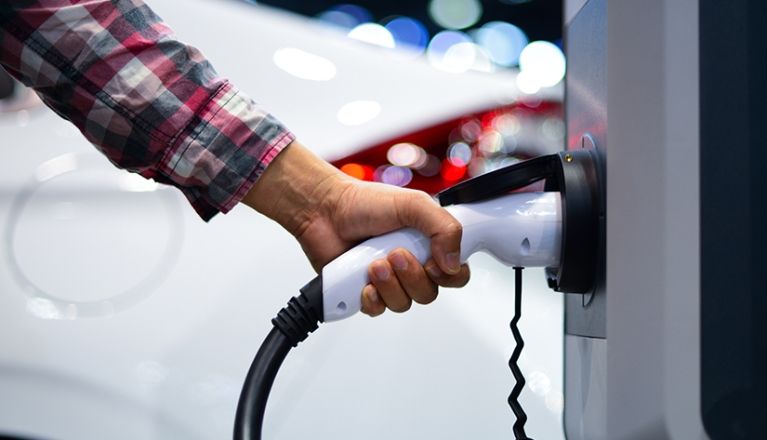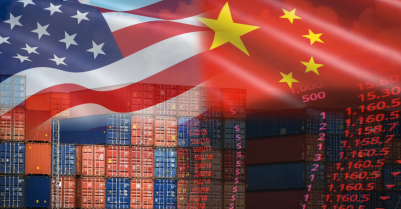Battery metals under pressure
Growing environmental awareness, the need to reduce greenhouse gas emissions and public policy incentives are all promoting the increasing use of electric vehicles (EVs). According to consulting firm Wood Mackenzie, the global EV market grew 16% in 2019, with 6 million vehicles sold, while growth is set to average 22% a year, reaching 20 million units in 2025. Even though the Covid-19 pandemic has hit the automotive market hard, the EV market dipped a mere 7% in 2020.

Supported by a range of government incentives, European EV sales last year even exceeded sales in China. The battery electric vehicle segment, which accounts for one third of all EV sales and mainly consists of private cars, posted modest growth. Alongside the rechargeable hybrid electric vehicle segment, it constitutes the main driver of growth over the next few years.
Lithium-ion batteries set to dominate the market for the next ten years
Lithium-ion batteries currently account for around 90% of total annual storage capacity, or over 10 gigawatt-hours (GWh). Given that it takes 10 to 15 years to develop and manufacture a new battery technology at industrial scale, they are likely to continue to dominate the energy storage sector until 2030-2035. Over the last decade, several types of lithium-ion battery have been developed to improve battery life (storage capacity) and safety, from first-generation cells with LFP (lithium ferrophosphate) cathodes to second- and third-generation cells (ternary batteries) incorporating metals such as nickel, cobalt and graphite: NCA (nickel cobalt aluminium) and subsequently NMC (nickel manganese cobalt).
China has recently been encouraging the use of LFP batteries, and leading non-Chinese automotive manufacturers – such as Tesla, Volkswagen and Daimler – are planning to launch LFP models thanks to improvements in their energy density. But ternary batteries will continue to supersede LFP batteries over the coming years. At the same time, manufacturers, increasingly concerned about environmental, social and governance (ESG) issues, are working on developing other technologies such as cobalt-free batteries: the supply of cobalt – mainly sourced from the Democratic Republic of the Congo (DRC) – is often associated with child labour.
Consumption of battery metals set to increase sevenfold over the next decade
Demand for battery metals is set to reach 3,500 metric kilotons a year by 2030, seven times more than in 2020. This growth is encouraging the development of mining operations, particularly in regions such as South America and Australia for lithium, East Asia for nickel, the DRC for cobalt, China and Mozambique for graphite and Africa for manganese. Existing mining operations and current projects should be enough to keep the industry supplied until 2030, after which deficits will begin to appear. However, as ESG requirements become more stringent, investors will favour more sustainable mining projects that are mindful of environmental and social issues such as water scarcity, pollution risk, child labour, and so on.
Recycling: key to Europe lessening its energy dependence on China
Alongside creating an “Airbus of batteries” and the rise of gigafactories, recycling is key to Europe lessening its dependence on China, the world’s leading supplier of batteries. In December 2020, the European Commission proposed new legislation to ensure that batteries placed on the European Union market are sustainable and safe throughout their entire life cycle. This includes the introduction of a carbon footprint declaration from July 2024 and a carbon intensity performance class label from 2026, increased collection rates and a declaration of recycled content by 2027, with a requirement for mandatory minimum levels of recycled cobalt, lithium and nickel by 2030.
Battery metal prices driven up by supply-demand imbalance
Lithium carbonate and spodumene prices bottomed out in 2020 before bouncing back in early 2021. With demand recovering, stocks down and some mining projects delayed, the market is likely to be tight throughout 2021. Like lithium, cobalt and manganese, graphite was hit by flagging demand in 2020, as well as facing competition from synthetic graphite.
Nickel prices have been uneven, bottoming out in the first half of 2020 before rallying strongly in the second half of the year as Chinese demand picked up sharply, buoyed by the Chinese government’s stimulus plan, demand for stainless steel and higher sales of electric vehicles.
By and large, the continuing recovery in the world’s leading economies and the focus on energy transition will support higher prices for most battery metals in 2021, given their limited supply. Beyond that, any runaway surge in metal prices could push up costs for battery makers and automotive manufacturers, resulting in higher EV prices and delaying this transition.
Pascale MEGARDON-AUZEPY
Senior Consulting Engineer, ECO-DIS
pascale.megardon-auzepy@credit-agricole-sa.fr









